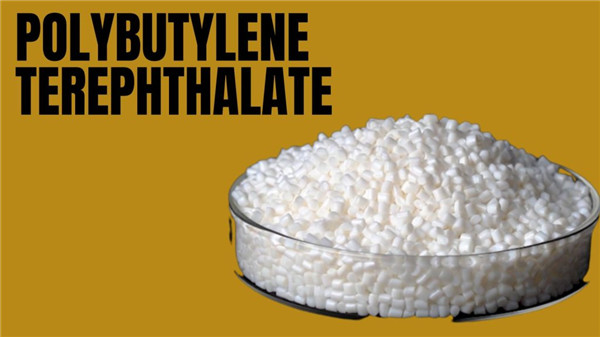Polybutylene Terephthalate (PBT) is a high-performance thermoplastic polymer that offers a unique combination of mechanical, electrical, and thermal properties. Widely used in various industries, PBT has gained popularity due to its excellent dimensional stability, chemical resistance, and processability. In this blog post, we will delve into the properties and applications of PBT, highlighting its versatility and importance in modern manufacturing.

Properties of Polybutylene Terephthalate:
Mechanical Strength and Dimensional Stability:
Polybutylene Terephthalate exhibits exceptional mechanical strength, making it suitable for applications requiring structural integrity. It has a high tensile and flexural strength, enabling it to withstand heavy loads and stress. Furthermore, PBT demonstrates excellent dimensional stability, maintaining its shape and size even under varying temperature and humidity conditions. This property makes it an ideal choice for precision components and electrical connectors.
Chemical Resistance:
PBT is known for its resistance to a wide range of chemicals, including solvents, fuels, oils, and many acids and bases. This property ensures its long-term durability and reliability in harsh environments. Consequently, PBT finds extensive use in automotive, electrical, and chemical industries, where exposure to chemicals is common.
Electrical Insulation:
With its excellent electrical insulating properties, PBT is widely employed in electrical and electronic applications. It exhibits low dielectric loss and high dielectric strength, allowing it to withstand high voltages without electrical breakdown. PBT’s outstanding electrical properties make it a preferred material for connectors, switches, and insulating components in the electronics industry.
Heat Resistance:
PBT has good thermal stability and can withstand elevated temperatures without significant deformation. It has a high heat deflection temperature, making it suitable for applications that require resistance to heat distortion. PBT’s ability to retain its mechanical properties at high temperatures allows it to be used in under-the-hood automotive components, electrical enclosures, and household appliances.
Applications of Polybutylene Terephthalate:
Automotive Industry:
Polybutylene Terephthalate is extensively used in the automotive sector due to its excellent mechanical and thermal properties. It is employed in the manufacturing of engine components, fuel system parts, electrical connectors, sensors, and interior trim components. Its dimensional stability, chemical resistance, and heat resistance make it a reliable choice for demanding automotive applications.
Electrical and Electronics:
The electrical and electronics industry benefits greatly from PBT’s electrical insulation properties and resistance to heat and chemicals. It is commonly used in connectors, switches, circuit breakers, insulators, and coil bobbins. PBT’s ability to provide reliable performance in high-voltage and high-temperature environments is crucial for the functioning of electronic devices and electrical systems.
Consumer Goods:
PBT is found in various consumer goods, including appliances, sporting goods, and personal care products. Its high impact resistance, dimensional stability, and resistance to chemicals make it suitable for manufacturing handles, housings, gears, and other components. PBT’s versatility allows designers to create aesthetically pleasing and functional products.
Industrial Applications:
PBT finds applications in a wide range of industrial sectors, such as machinery manufacturing, construction, and packaging. Its mechanical strength, chemical resistance, and dimensional stability make it an ideal choice for gears, bearings, valves, pipes, and packaging materials. PBT’s ability to withstand heavy loads and harsh environments contributes to the reliability and longevity of industrial equipment.
Conclusion:
Polybutylene Terephthalate (PBT) is a versatile thermoplastic with a unique combination of properties that make it highly desirable in various industries.
Post time: Jun-19-2023

